RJ45 Connector Color Code Explanation
Introduction
The RJ45 (Registered Jack 45) connector is a standardized hardware interface used primarily for connecting Ethernet cables. It is the most commonly used connector in computer networks and telecommunications for local area networks (LANs), as well as for internet connections in homes and businesses. The RJ45 connector is designed to terminate twisted pair cables, such as Cat5e, Cat6, or Cat6a cables, which are widely used for Ethernet connections.
Table of Content
| Ⅰ What is an RJ45 Connector? |
| Ⅱ rj45 Connector Cable Color Code |
| Ⅲ RJ45 Features |
| Ⅳ RJ45 Connector Applications |
| Ⅴ RJ45 Specifications |
| Ⅵ Comparison between RJ45&RJ11 |
Ⅰ What is an RJ45 Connector?
RJ45 interface is a common name, which refers to a standardized plug with 8 positions, which is an international standard for connecting hardware. In addition, there is an rj11 interface, but it is used to connect to the telephone line, such as dial-up Internet access through the telephone line. Also known as a crystal head, it is made of eight cores and is widely used in the connection of network cables (called five types of lines or twisted pairs) between network devices of LAN and ADSL broadband Internet users. In specific applications, there are two connection methods (line sequence) for RJ45 plugs and network cables, which are called the T568A line sequence and the T568B line sequence. T568B is orange-white, orange, green-white, blue, blue-white, green, brown-white, brown; T568A is green-white, green, orange-white, blue, blue-white, orange, brown-white, and brown; therefore, there are two types of lines using RJ45 connectors: straight-through lines and crossover lines.
There are two types of common RJ45 interfaces: the DTE type used for Ethernet network cards, router Ethernet interfaces, etc., and the DCE type used for switches, etc.
DTE can be called "data terminal equipment", and DCE can be called "data communication equipment". In a sense, DTE equipment is called "active communication equipment", and DCE equipment is called "passive communication equipment". When two devices of the same type use the RJ45 interface to communicate, they must be connected with a crossover cable.
Ⅱ RJ45 Connector Cable Color Code
RJ45 connector cable color code, commonly used for Ethernet networking, is defined by the TIA/EIA-568-B standard. The color code for RJ45 connector cables doesn't carry any unique significance. The sole distinction lies in the color of the pair designated for the receive connection to the PC. All pairs within the CAT5 cable are functionally identical, differing only in color and position within the cable's construction. In practical terms, both T568B and T568A color codes will yield the same results when consistent at both ends of the cable run.
Although it is a little wider, the RJ45 jack connector resembles the telephone cable connector in appearance. It has 8 pins that can be used to connect 8 different cables or wires. All 8 wires indicate the integration of 8-position, 8-contact (8P8C) modular plugs and jacks. Four of the eight pins are used as data transmitters, and the remaining four pins are used as data receivers.
A particular set of wires known as the "pinout" of an RJ45 connection specifies how the connector should be terminated. Knowing the color code is crucial when making or repairing Ethernet cables because it indicates the sequence in which the different wires within the cable should be linked to the pins on the RJ45 connection.
There are multiple pinouts for RJ45 connectors, including:
- Straight-through (T568A or T568B)
- Crossover
- Rolled
- T1
- Loopback
The most typical kind of cable used to connect your computer to your network is straight-through. The additional RJ45 connector cable color codes are utilized with customized cables for particular network purposes.
Within the family of straight-through R45 color codes, there are two standards recognized by ANSI, TIA, and EIA:
- The T568B wiring standard is seen as the default wiring scheme for twisted-pair structured cabling in the U.S. It uses four pairs of wires, with each pair being a different color.
- The T568A wiring standard differs from T568B only in the order of the green and orange pairs. However, it has been surpassed by T568B – if you are unsure of which standard to use, choose T568B.
To ensure optimal connectivity, we advise utilizing the same wiring design on both ends of a wire.
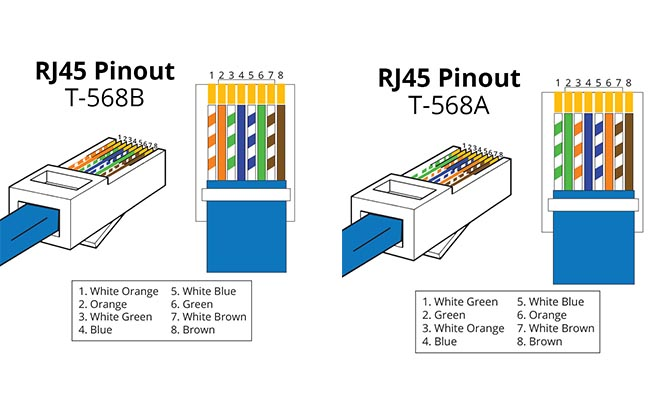
Figure1-T-568B and T-568A RJ45 Color Code
Crossover RJ45 Color Code
A crossover cable utilizes two different RJ45 color codes for the two ends of the cable. If you need to connect 568A equipment to 568B you can use a crossover cable.
Ⅲ RJ45 Features
The fundamental characteristics of modular connectors are included in RJ45 connectors, including their low cost, solderless connector and wiring assembly, rapid manufacture of customized cables, ease of insertion and removal, ease of field assembly with basic tooling, and capacity for on-site cable customization. In addition to having a horizontal or vertical orientation, sockets (or receptacles) can also be used in a variety of applications.
In addition, the aforementioned orientation tab is present on RJ45 connectors to guard against improper wiring. They can also be employed in more demanding and data-intensive applications thanks to their 8-pin layout.
Additional available features can include:
- Shielding - to cancel the effects of EMI/RFI
- Keying - to ensure proper insertion
- Various mounting capabilities - to allow for panel, board, surface, or through-hole methods
- Displays and indicators - to indicate connection status
- Integrated magnetics - to allow for better shielding plus current protection
- Hi-Rel - to protect the hardware and the connection
Ⅳ RJ45 Connector Applications
- Factory Automation
- Local Area Networks (LANs)
- Internet Connectivity
- Internet of Things (IoT) Network Devices
- Ethernet Cables
- Data Centers
- Quality Control Systems
- VoIP Phones
- IP Cameras
- Network Printers
- Home Networks
- Industrial Applications
- Audio-Visual Systems
- Industrial Process Control
- Industrial Robotics (fabrication and assembly)
- Test and Measurement Systems
- Voice Over Internet Protocol (VOIP) Systems and Devices
Ⅴ RJ45 Specifications
|
Type |
Parameter |
|
Factory Lead Time |
4 Weeks |
|
Moisture Sensitivity Level (MSL) |
1 (Unlimited) |
|
Style |
Modular |
|
Interior Type (Adapter End) |
IDC, Pressdown, Punchdown Block |
|
RoHS Status |
RoHS Compliant |
|
Part Status |
Active |
|
Connector Type |
RJ45 |
|
Exterior Type (Adapter End) |
Modular Jack 8p8c (RJ45, Ethernet) |
|
Exterior Housing Color |
Silver |
|
Ratings |
Cat6a |
Ⅵ Comparison between RJ45&RJ11
The fundamental characteristics of modular connectors are included in RJ45 connectors, including their low cost, solderless connector and wiring assembly, rapid manufacture of customized cables, ease of insertion and removal, ease of field assembly with basic tooling, and capacity for on-site cable customization. In addition to having a horizontal or vertical orientation, sockets (or receptacles) can also be used in a variety of applications.
In addition, the aforementioned orientation tab is present on RJ45 connectors to guard against improper wiring. They can also be employed in more demanding and data-intensive applications thanks to their 8-pin layout.
The figure following shows the differences in appearance between RJ11 and RJ45.
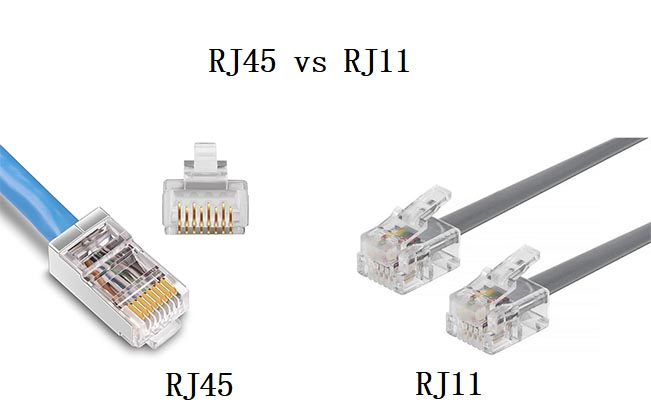
Figure2-RJ45&RJ11
|
Configuration |
6P4C (6 positions, 4 conductors) |
8P8C (8 positions, 8 conductors) |
|
Usage |
Phones, ADSL/VDSL lines, modem cables. RJ11 is mostly used for voice applications. |
Computer networking. RJ45 is used in Ethernets or connecting cable/fiber modems or NBN boxes with Wi-Fi routers. |
|
Bandwidth |
RJ11 connectors can support about 100+Mbps |
RJ45 connectors can support up to 10Gbps over Ethernet, provided the other equipment like network cables also support that speed. |
|
Shape and size |
Compact, square-shaped |
Longer, more rectangular |

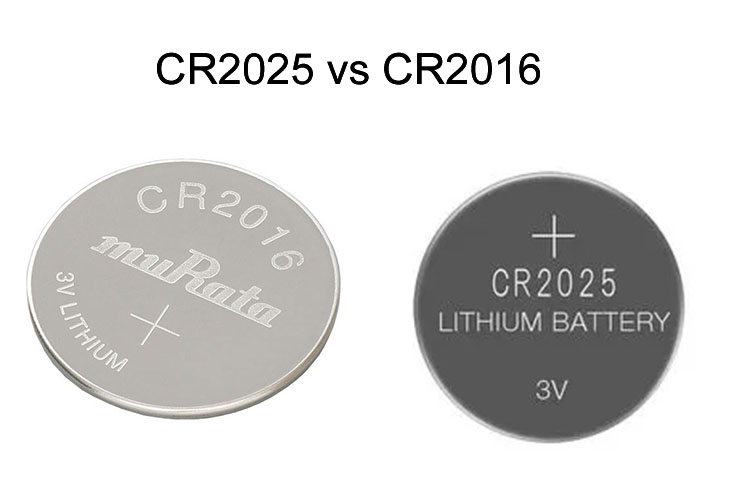 CR2025 vs CR2016: Which one you should choose ?5/8/2024 29
CR2025 vs CR2016: Which one you should choose ?5/8/2024 29CR2025 is a type of lithium coin cell battery. It's a small, round, flat battery commonly used in various electronic devices such as watches, calculators, remote controls, key fobs, and small electronic gadgets. The "CR" in its name stands for lithium manganese dioxide chemistry, and "2025" refers to its dimensions: 20mm diameter and 2.5mm height. These batteries are known for their long shelf life and stable voltage output, making them popular choices for low-power devices.
Read More >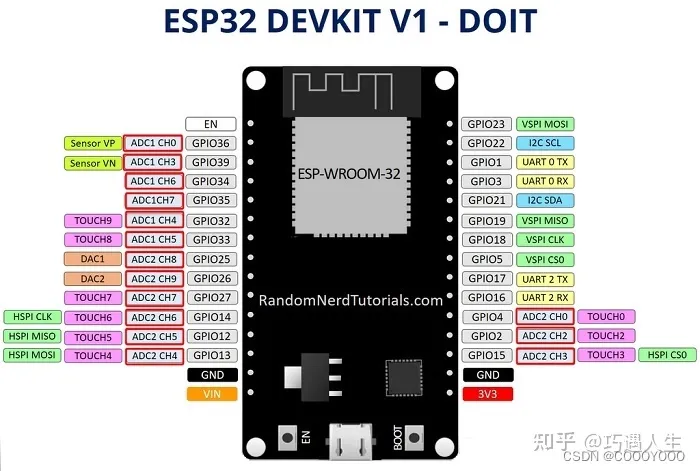 How to resolve the WiFi and ADC2 Sharing Dilemma?4/19/2024 47
How to resolve the WiFi and ADC2 Sharing Dilemma?4/19/2024 47ESP32-CAM can be used in various Internet of Things situations and is suitable for home smart devices, industrial wireless control, wireless Monitoring, QR wireless identification, wireless positioning system signals, and other IoT applications are ideal solutions for IoT applications.
Read More >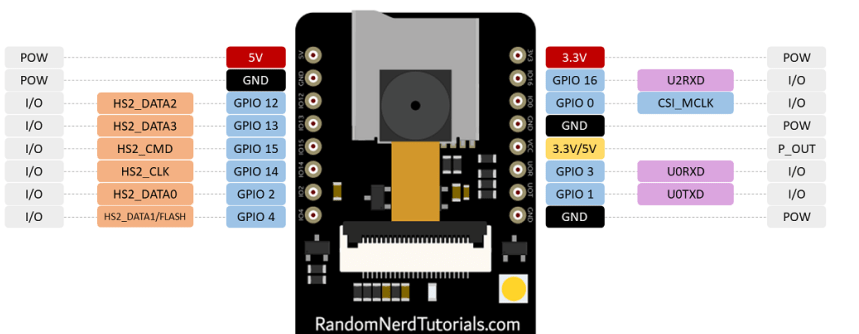 ESP32-CAM Pinout Explanation and How to Use?4/18/2024 137
ESP32-CAM Pinout Explanation and How to Use?4/18/2024 137ESP32-CAM is a development board with an ESP32-S chip, an OV2640 camera, a microSD card slot, and several GPIOs for connecting peripherals. ESP32-CAM is a small-sized camera module. The module can work independently as the smallest system, with a size of only 27*40.5*4.5mm.
Read More >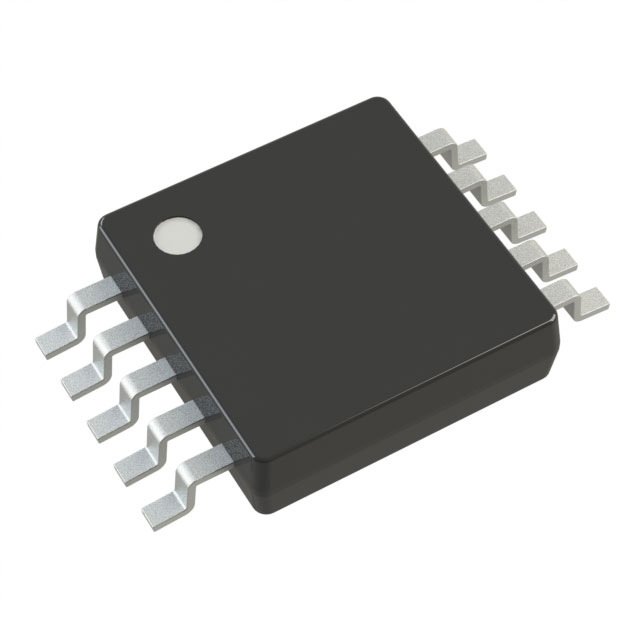 Stand-Alone Linear Li-Ion / Li-Polymer Charge Management Controller MCP738334/9/2024 71
Stand-Alone Linear Li-Ion / Li-Polymer Charge Management Controller MCP738334/9/2024 71The MCP73833/4 is a highly advanced linear charge management controller for use in space-limited, cost sensitive applications. Both a 10-lead, MSOP and a 10-lead, DFN packaging measuring 3 mm by 3 mm are offered for the MCP73833/4. In addition to its tiny size, the MCP73833/4 is perfect for portable applications because it requires a few additional components.
Read More >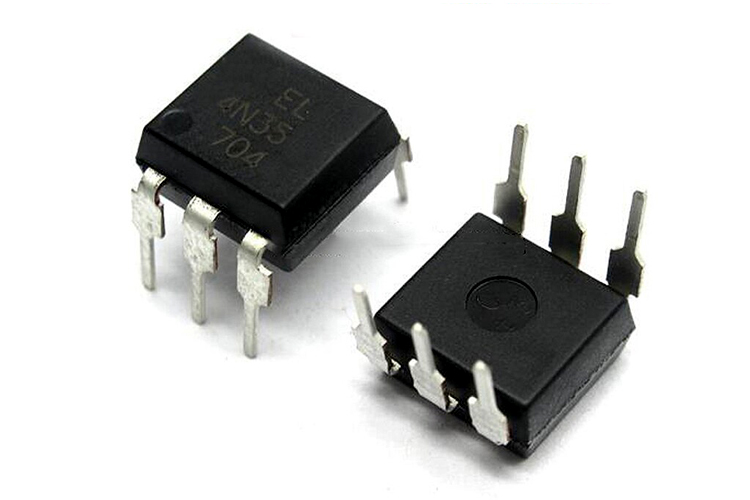 Optocoupler IC 4N35: Pinout, Datasheet, Features and Applications3/26/2024 130
Optocoupler IC 4N35: Pinout, Datasheet, Features and Applications3/26/2024 130In the realm of electronics, where connectivity and isolation are paramount, the 4N35 optocoupler IC stands as a beacon of reliability and versatility. This small yet mighty device plays a crucial role in ensuring signal integrity and safety across a wide range of applications. In this article, we delve into the intricacies of the 4N35 optocoupler IC, exploring its datasheet, pinout, circuit diagram, and diverse uses.
Read More >











